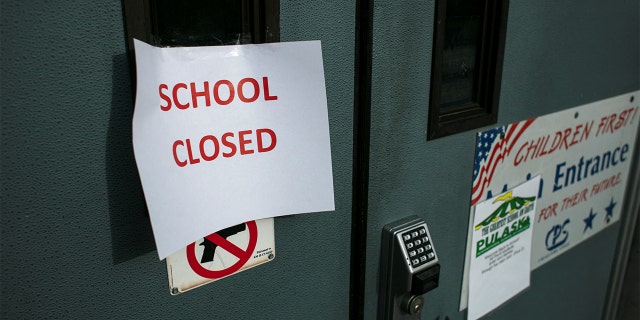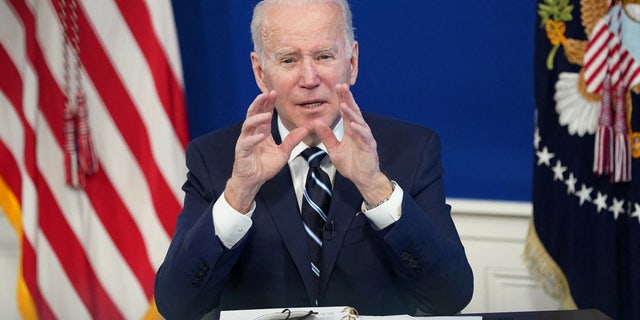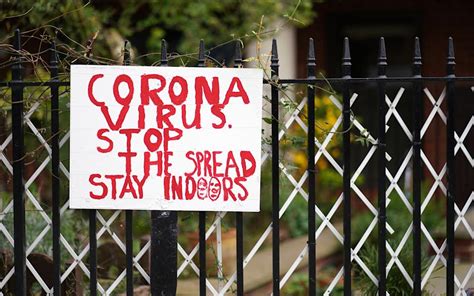By Paul Best
The Johns Hopkins University study also found that shelter-in-place orders reduced COVID-19 mortality by 2.9%
Lockdowns during the first COVID-19 wave in the spring of 2020 only reduced COVID-19 mortality by .2% in the U.S. and Europe, according to a Johns Hopkins University meta-analysis of several studies.
“While this meta-analysis concludes that lockdowns have had little to no public health effects, they have imposed enormous economic and social costs where they have been adopted,” the researchers wrote. “In consequence, lockdown policies are ill-founded and should be rejected as a pandemic policy instrument.”
The researchers – Johns Hopkins University economics professor Steve Hanke, Lund University economics professor Lars Jonung, and special advisor at Copenhagen’s Center for Political Studies Jonas Herby – analyzed the effects of lockdown measures such as school shutdowns, business closures, and mask mandates on COVID-19 deaths.
“We find little to no evidence that mandated lockdowns in Europe and the United States had a noticeable effect on COVID-19 mortality rates,” the researchers wrote.
The researchers also examined shelter-in-place orders, finding that they reduced COVID-19 mortality by 2.9%.
Studies that looked at only shelter-in-place orders found they reduced COVID-19 mortality by 5.1%, but studies that looked at shelter-in-place orders along with other lockdown measures found that shelter-in-place orders actually increased COVID-19 mortality by 2.8%.
The researchers concluded that limiting gatherings may have actually increased COVID-19 mortality.
“[Shelter-in-place orders] may isolate an infected person at home with his/her family where he/she risks infecting family members with a higher viral load, causing more severe illness,” the researchers wrote.
“But often, lockdowns have limited peoples’ access to safe (outdoor) places such as beaches, parks, and zoos, or included outdoor mask mandates or strict outdoor gathering restrictions, pushing people to meet at less safe (indoor) places.”
The researchers also examined studies that focused on specific lockdown measures and found that the only intervention that reduced COVID-19 mortality was the closure of non-essential businesses, which reduced mortality by 10.6%, but this effect was likely driven by the closure of bars.
Researchers also pointed out other unintended consequences of lockdowns, such as rising unemployment, reduced schooling, an increase in domestic violence incidents, and surging drug overdoses.
From May 2020 to April 2021, the U.S. recorded 100,306 drug overdose deaths, a 28.5% increase from the 78,056 deaths that were recorded in the previous 12-month period, according to CDC data.
A study from the National Commission on COVID-19 and Criminal Justice last year found that domestic violence incidents increased 8.1% in the U.S. after lockdown orders were issued.

A sign taped to the front door of Pulaski International School of Chicago reads, ‘School Closed,’ after Chicago Public Schools, the nation’s third-largest school district, said it would cancel classes. (REUTERS/Jim Vondruska)
About 97% of U.S. teachers said that their students have experienced learning loss during the coronavirus pandemic, according to a Horace Mann survey last year.
The unemployment rate peaked nationwide at 14.8% in April 2020, but declined to 3.9% in December, which is still slightly higher than the 3.5% rate it was at in February 2020.
“These costs to society must be compared to the benefits of lockdowns, which our meta-analysis has shown are marginal at best,” the researchers in the Johns Hopkins University study wrote.
“Such a standard benefit-cost calculation leads to a strong conclusion: lockdowns should be rejected out of hand as a pandemic policy instrument.”

U.S. President Joe Biden delivers remarks on the administration’s coronavirus surge response in the South Court Auditorium at the White House in Washington, U.S., January 13, 2022. (REUTERS/Kevin Lamarque/File Photo)
Read More From The PatriotAmerican
President Biden has pledged to focus on testing and vaccinations to mitigate the spread of COVID-19 instead of the lockdowns that characterized the earlier part of the pandemic.
“It doesn’t include shutdowns or lockdowns, but widespread vaccinations and boosters and testing a lot more,” Biden said in December about his winter plans for fighting the pandemic.
Several cities and states around the country still have mask mandates, remote learning, and other measures in place.

